Blogs
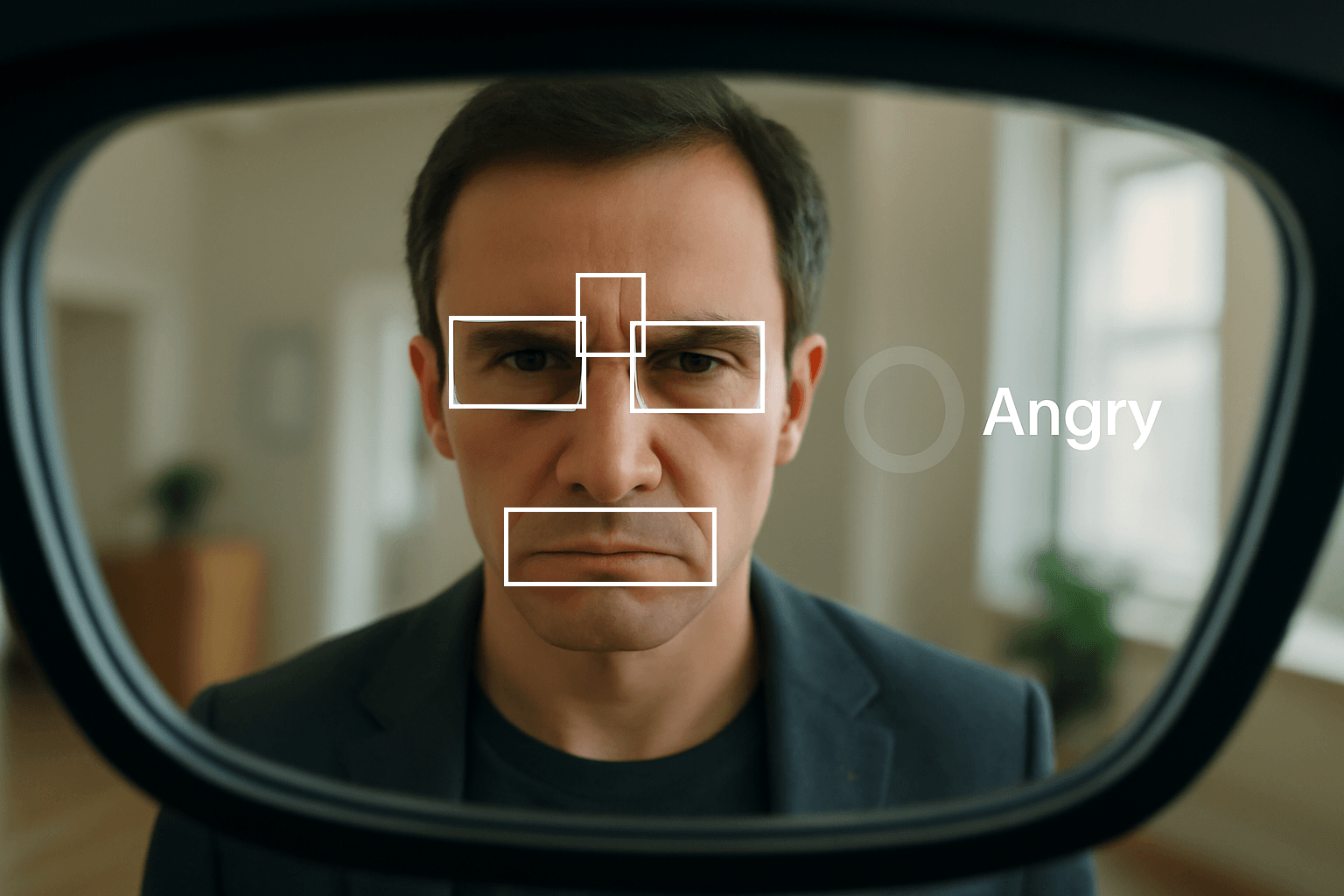
When Machines Learn to Read Faces: How Expression Recognition Is Helping Autism Patients Connect
This article explores how facial expression recognition—AI that reads human emotions—has evolved from a computer vision challenge into a tool for empathy. It highlights how smart glasses powered by deep learning help individuals with autism interpret emotions in real time, improving their social confidence and emotional understanding. The piece also discusses the technology behind it, ethical privacy considerations, and the hopeful future where AI enhances human empathy instead of replacing it.
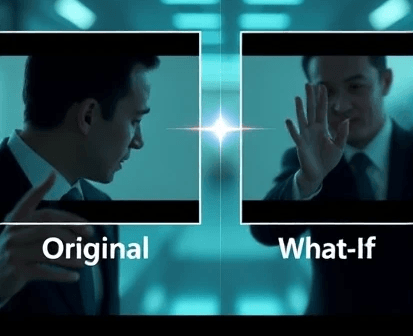
Diffusion-Driven Counterfactuals for Video AI
This article introduces Diffusion-Driven Counterfactuals, a method for visually explaining AI video model predictions. By applying tiny, realistic edits—like softening an expression or shifting motion slightly—you can see what truly drives an AI’s decision. Instead of abstract heatmaps, this approach delivers side-by-side clips that reveal cause and effect in an intuitive, human way. It empowers developers to debug models, expose biases, and build trust through transparency.
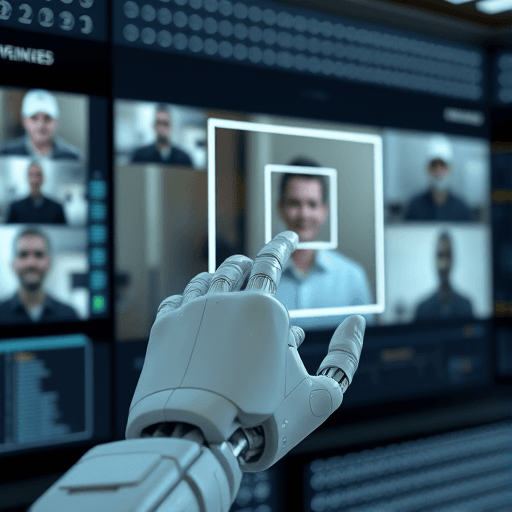
The Future is Now: Leveraging AI for Real-Time Video Annotation and Insight Generation
Artificial Intelligence is revolutionizing video annotation by moving from manual, frame-by-frame labeling to real-time insight generation. This shift enables faster, more accurate data analysis across industries like autonomous systems, healthcare, sports analytics, and industrial automation, unlocking actionable insights and efficiencies.
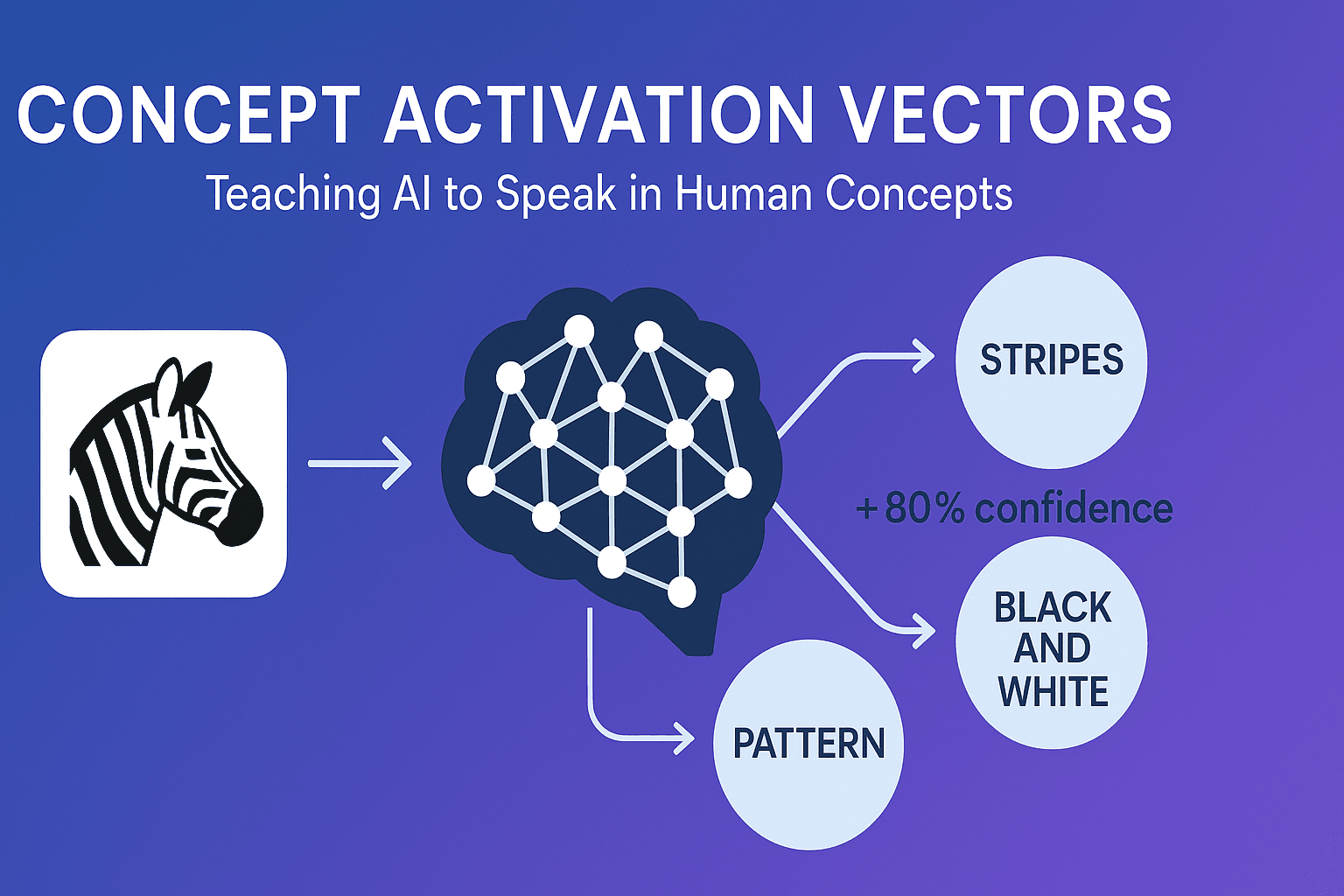
Teaching AI to Speak in Human Concepts
This article explains how Concept Activation Vectors (TCAV) make AI models more interpretable by linking hidden neural patterns to human concepts like “stripes” or “cloudy skies.” It highlights their role in transparency, bias detection, and domain-specific control, while outlining applications in medical imaging, creative design, and responsible AI development.

When Language Models Play Chess: What Kaggle’s LLM Tournament Teaches Us About Explainable AI
Earlier this month, Kaggle hosted its first Game Arena Chess Tournament — but with a twist. Instead of pitting chess engines like Stockfish against one another, it was large language models that battled it out over the board. The results were striking: ChatGPT-o3 claimed the gold medal after defeating Grok 4 in the finals with a clean 4–0 sweep, while Gemini 2.5 Pro secured third place. This was more than just an entertaining experiment. It was a glimpse into how LLMs can reason, plan, and strategize — and a reminder of why Explainable AI (XAI) matters more than ever.
Explainable AI at the Edge: Bringing Transparency to Real-Time Vision
In a world increasingly shaped by AI, trust and transparency are no longer optional—they are essential. This is also true in real-time vision systems deployed at the edge, where decisions need to be not only fast but also understandable. From smart agriculture and industrial inspection to autonomous mobility and portable healthcare devices, the combination of Edge AI and Explainable AI (XAI) is transforming how machines see and explain what they see.
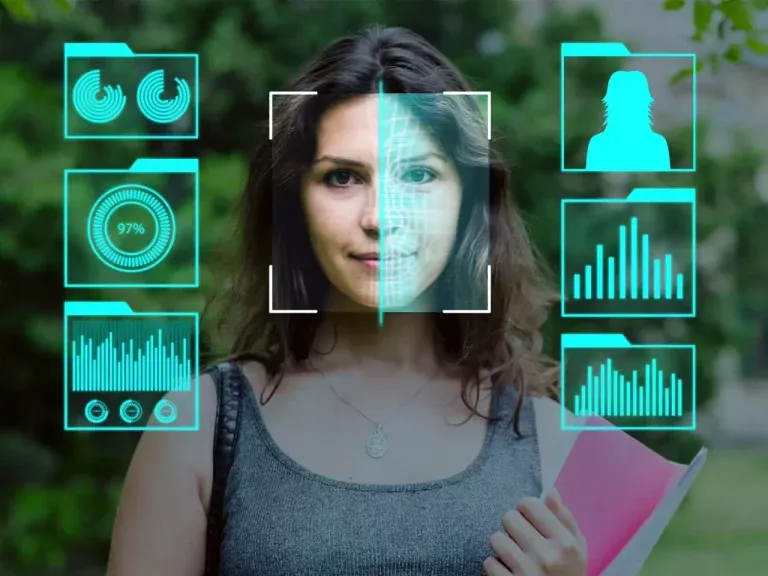
How Federated Learning is Transforming Privacy-Preserving Video Analytics on the Edge
As the adoption of AI-powered video analytics grows—from smart cities and traffic management to healthcare and retail surveillance—so does the concern about privacy. Traditional video analytics systems require footage to be uploaded to centralized servers for processing. But this model poses serious risks: data breaches, bandwidth limitations, and non-compliance with data protection regulations like GDPR and HIPAA. Enter Federated Learning—a revolutionary approach to AI training that keeps raw data exactly where it originates: on the edge devices. In this post, we explore how federated learning is reshaping privacy-first video analytics and how tools like Prexable can help democratize access to these technologies.
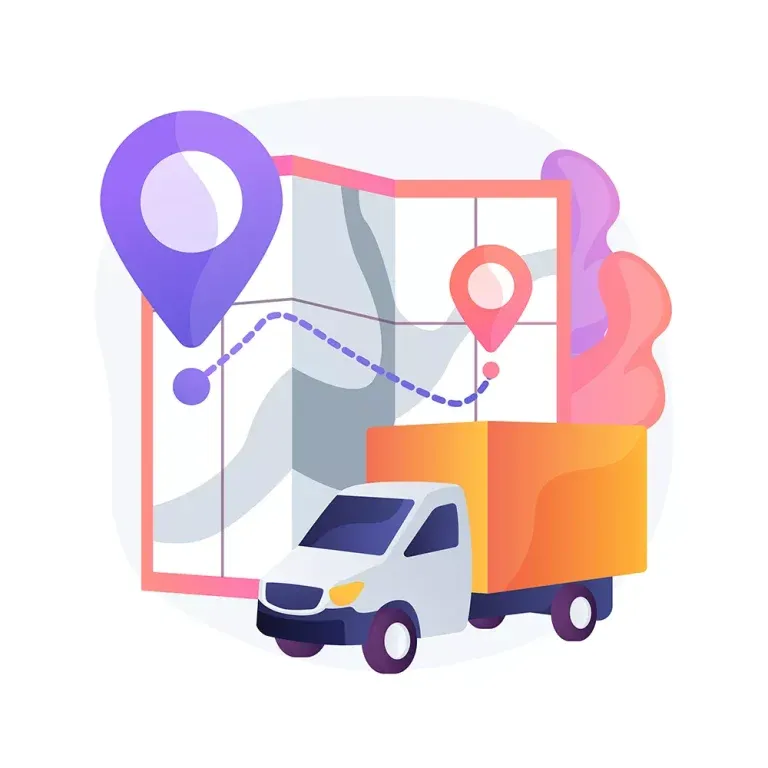
The Power of Perception: How Deep Learning is Redefining Object Tracking
In a world increasingly reliant on visual data, object tracking stands out as one of the most powerful applications of computer vision. Thanks to deep learning, machines can now track moving objects in real time with unprecedented accuracy. This advancement is not only revolutionizing technology—it’s reshaping industries. Here’s how deep learning is breathing new life into object tracking.
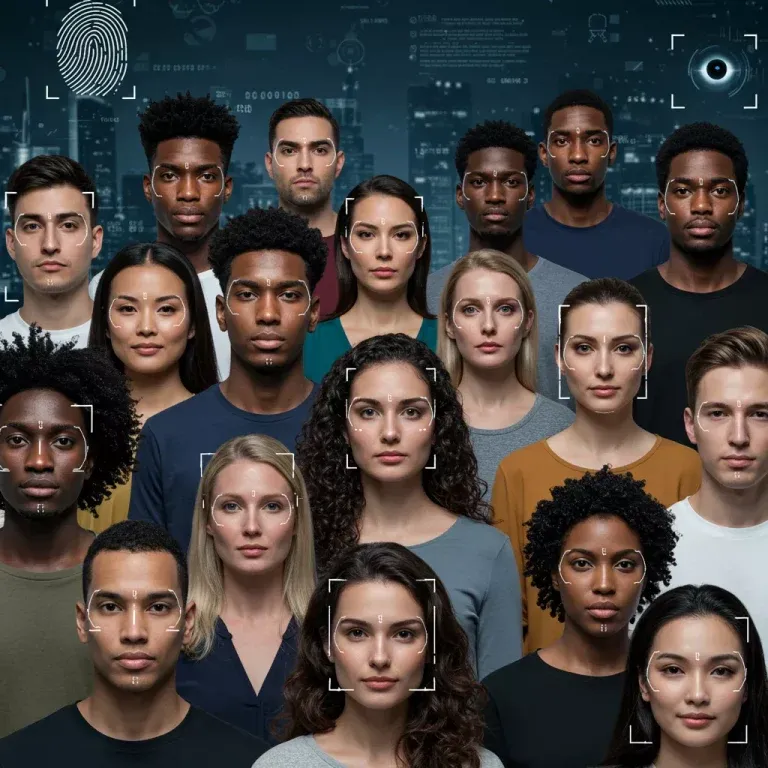
Artificial Intelligence: Revolutionizing Human Biometric Recognition
In recent years, Artificial Intelligence (AI) has significantly transformed the field of biometric recognition, enhancing the accuracy and efficiency of systems that identify individuals based on unique physiological and behavioral characteristics. This integration has led to advancements in various biometric modalities, including facial recognition, fingerprint analysis, iris scanning, and behavioral pattern recognition.
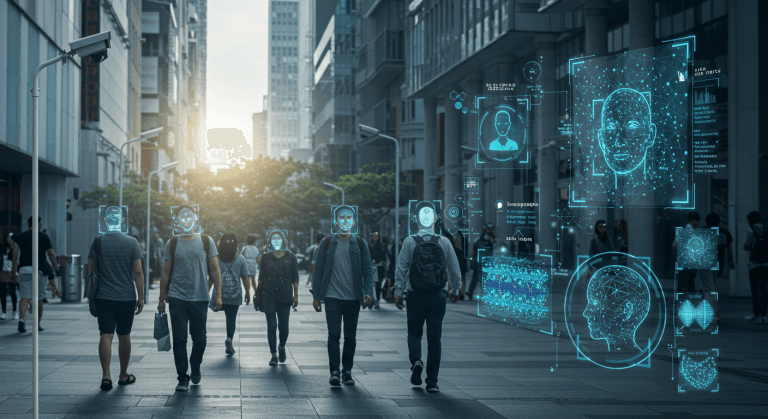
Unlocking the Future: Real-time Face Recognition – Tools and Cutting-Edge Algorithms You Need to Know
As Prexable moves into the second phase of its development journey, we are focusing on enhancing user authentication through advanced technologies. Among the methods we’re exploring, Face Recognition and Activity Recognition stand out as pivotal components in shaping secure and seamless experiences. This blog post is the first in a series that will delve deeper into these technologies, starting with real-time face recognition—a cornerstone of modern authentication solutions. Real-time face recognition has revolutionized industries by offering a blend of convenience and security, making it an essential tool for applications ranging from smartphone unlocking to enterprise-level access control. In this article, we will uncover the most impactful open-source libraries and tools, along with the cutting-edge algorithms that power them.

The Rise and Impact of Cloud-Based Video Surveillance Solutions
In an era characterized by rapid technological advancement, businesses, governments, and even individual homeowners are rethinking how they manage and monitor their physical spaces. Traditional, on-premises surveillance systems—cumbersome arrays of cameras, cables, and storage devices—are giving way to cloud-based video surveillance solutions. These platforms promise greater flexibility, enhanced security, and the ability to scale and adapt as needs evolve. As a result, more and more organizations across a wide range of industries are making the switch to a new generation of scalable security solutions. Before we dive deeper, it’s worth noting that innovations in this space are making powerful surveillance technology accessible to a broader audience. One such example is Prexable, an online, drag-and-drop video processing platform that allows users—regardless of their AI expertise—to train, understand, and debug their own personalized surveillance models. With Prexable, you can get started quickly, secure your spaces more efficiently, and ensure your operations are always up to speed. Try Prexable today and experience the benefits of AI-driven video analytics firsthand.

The Intersection of Explainable AI and Large Language Models
Large Language Models (LLMs) such as GPT-4 and BERT have revolutionized natural language processing, but their complexity and “black box” nature present significant challenges in understanding their decision-making processes. Explainable AI (XAI) offers a solution by providing methods that make these models more interpretable, which is essential for fostering trust and transparency in high-stakes environments like healthcare, finance, and legal systems.
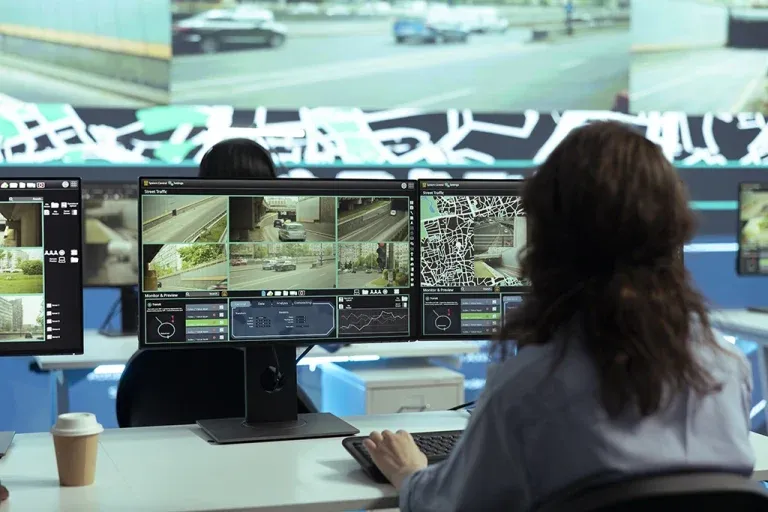
Navigating the Complex World of Video Processing
Navigating the Complex World of Video Processing Video processing is an intricate and often overlooked aspect of technology, especially in platforms like YouTube and Netflix. These platforms face significant challenges in optimizing video processing pipelines to balance quality, storage, and computational efficiency. The journey begins with understanding core concepts like codecs, bitrates, and adaptive bitrate streaming, each playing a crucial role in how videos are processed, stored, and streamed to users.

Navigating Challenges and Seizing Opportunities in Real-Time Video Processing
Real-time video processing and streaming applications are expanding rapidly, driven by advancements in AI, cloud computing, and network technologies. However, these developments come with their own set of challenges and opportunities. Here’s an overview:

How to extract prominent information from a video stream?
Multimedia content is being produced and consumed more frequently as a result of the internet’s easier accessibility and abundance of sophisticated imaging equipment brought about by technology’s exponential growth. The effectiveness of numerous video processing applications, such as video searching, retrieval, indexing, sharing, and many more, is impacted by the time-consuming process of analyzing representative or meaningful information from such massive data. To address these problems, a variety of video summarization techniques have been proposed in the literature.

Prexable Passed the 3-Month Virtual Accelerator Program
We are happy to announce that Prexable team has finished the three months virtual accelerator program at Innovation Cluster (https://innovationcluster.ca/). We successfully passed the 2303 cohort and we could achieve IC support for growing our business in Canada.
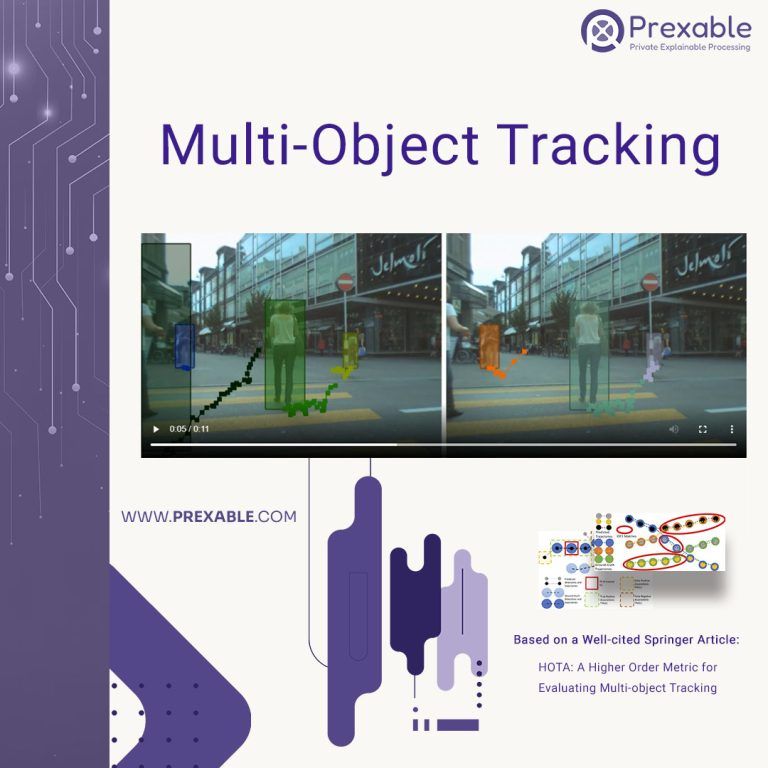
Multi-object Tracking
Multi-object tracking (MOT) is the task of detecting the presence of multiple objects in a video and linking these detections over time based on object ID. The MOT task is one of the cornerstones of computer vision, but unfortunately, evaluating MOT algorithms has proven to be very difficult. This is because MOT algorithms are complex tasks that require accurate detection, localization, and mapping over time. HOTA can evaluate all these aspects of tracking and is often preferred over current alternatives to evaluating his MOT algorithms such as MOTA and IDF1.
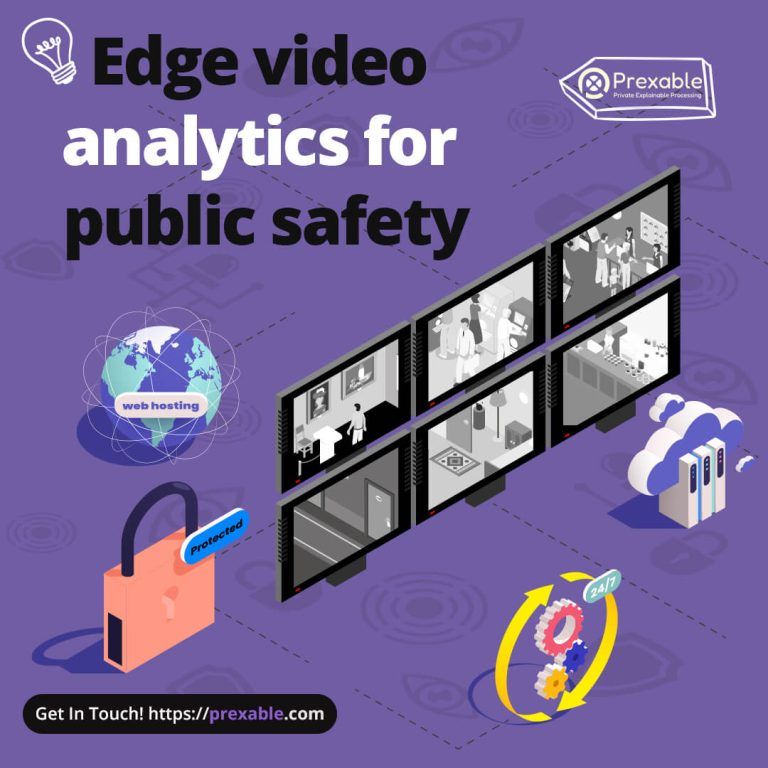
Leveraging Edge Video Analytics for Enhanced Public Safety
In the era of advanced technology, video analytics has evolved to become a vital tool for ensuring public safety. By integrating Computer Vision (CV) and Artificial Intelligence (AI), video analytics aims to address the “four W” problem: Who did What, Where, and When. These capabilities have diverse applications, ranging from post-event analysis for archiving and forensic investigations to real-time video stream analysis for situation awareness and object detection. However, this evolution has brought new challenges and demands, particularly with the need for sophisticated image processing algorithms.
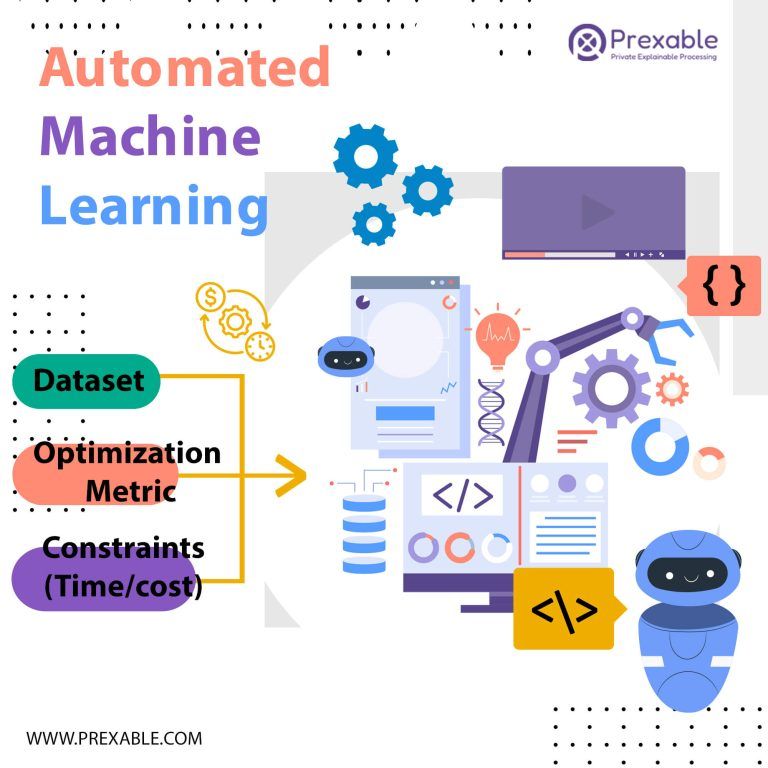
The Power of Automated Machine Learning (AutoML)
Automated Machine Learning (AutoML) is a specialized field within the realm of artificial intelligence that leverages automation to streamline various processes and tasks typically performed by data scientists and machine learning experts. Its primary objective is to find solutions to complex problems while aiming to achieve optimal results, all with minimal human intervention.

Video Transformers
Video Transformer is a recently developed deep learning model for processing and analyzing video data. It is based on the Transformer architecture. In the context of video understanding, transformers excel at capturing long-range dependencies and relationships within video sequences. They can effectively encode and understand the temporal and spatial information present in videos.
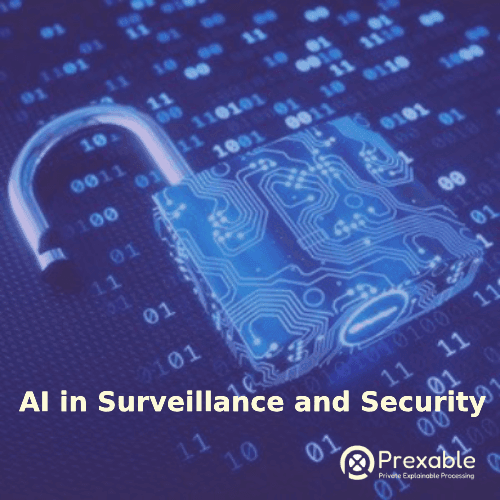
The Role of AI in Surveillance and Security
An average attention span for adult humans is something between 30 and 50 minutes, and when a person performs a task that is dull and repetitive for that period of time, their attention will decrease, which opens up a room for making errors. Especially in the field of security and surveillance, these errors can be consequential. Therefore, in order to eliminate these problems, industries utilize artificial intelligence (A). AI technologies can analyze vast amounts of data in real-time, enabling the detection of suspicious activities and potential threats that may go unnoticed by human operators. This proactive approach allows for early intervention and the prevention of security breaches, ensuring the safety of individuals and assets.
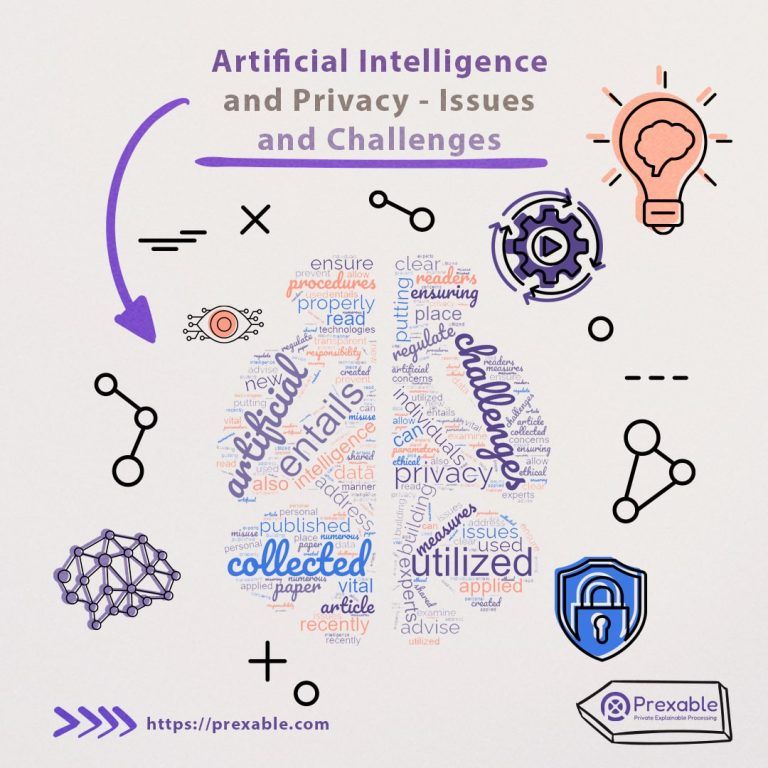
Artificial Intelligence and Privacy – Issues and Challenges
We advise our readers to read a new paper on Privacy Challenges and Issues in AI that was recently published. In the article, a few AI and IT experts examine numerous privacy concerns and how to address them, such as responsibility in AI. It is vital to ensure that artificial intelligence is created and applied properly. This entails ensuring that personal data is collected and utilized in a transparent and ethical manner, with clear parameters for how it can be used and shared.